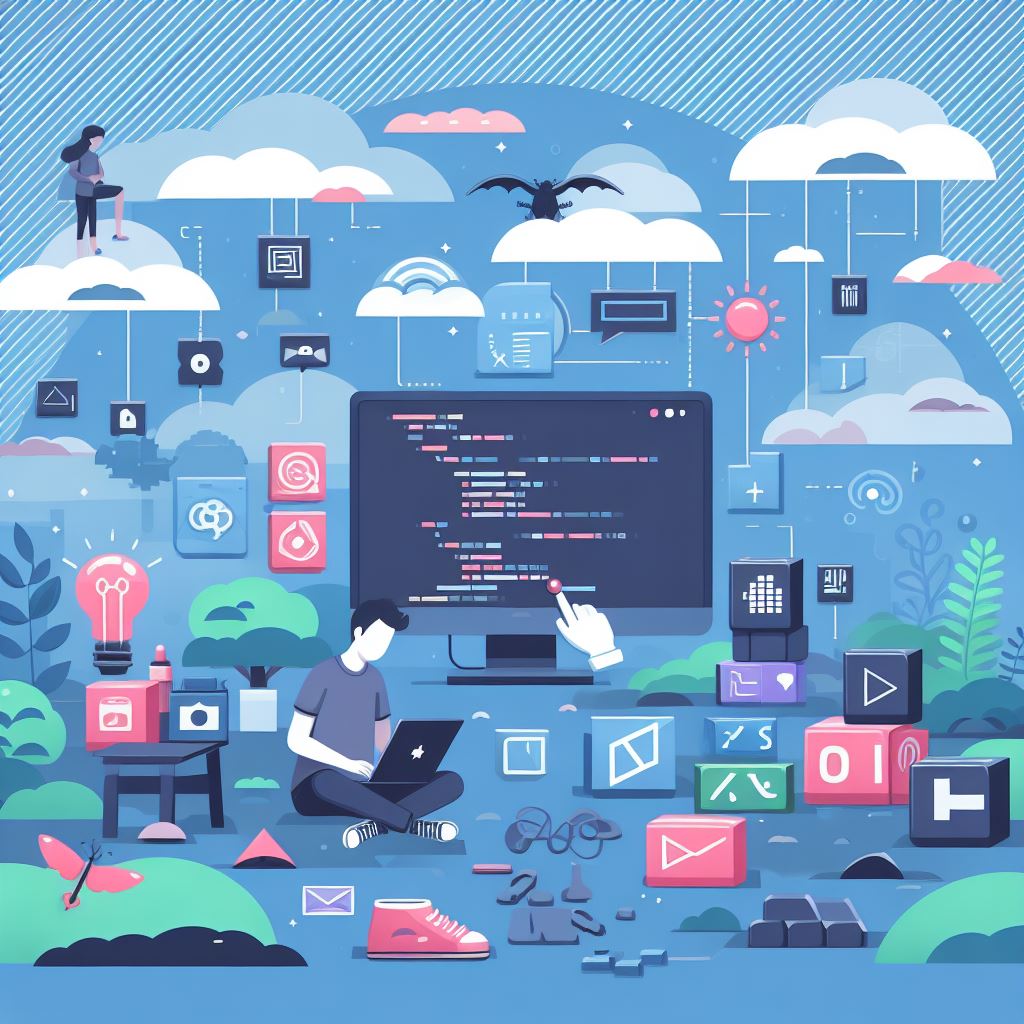Introduction to Programming Languages
 Aviskar Poudel
Aviskar Poudel
Introduction
We all know about language, Its a form of communicating with each other. Just like we use words to talk to each other, programming languages are like special words we use to tell computers what to do. They help us give instructions to computers in a way they understand, from simple math to big tasks like organizing data or running programs. Learning about programming languages helps us do cool stuff with computers, like making games or apps. In this blog series, we'll explore different programming languages and how they work, so let's dive in and learn together!
Brief History
Diving into the history of programming language, Ada Lovelace is considered to be the first computer programmer. Lovelace's realization transformed Babbage's machine from a calculator to a general-purpose device. She saw that numbers could symbolize more than just calculations, giving birth to the concept of programming languages. In the other hand Plankalkul is considered as the first programming language which was created by Konrad Zuse.
Types of Programming Languages:
Programming languages can be classified into two categories based on their level:
Low Level Programming Language
High Level Programming Language
(level here refers to level of abstraction or closeness to the hardware that a programming language operates at)
Low Level Programming Language interact more directly with the hardware of a computer, providing precise control over system resources. Examples include assembly language and machine code.
High-level programming languages, on the other hand, are more abstracted from the hardware and provide more human-readable syntax and easier-to-understand constructs. Examples include languages like Python, Java, and C++.
Based on the approach languages take to programming they are also divided into two types:
Imperative Languages: In imperative languages, programmers explicitly specify the steps the computer should take to achieve a desired outcome. This involves giving a series of commands or instructions that outline how the task should be performed. These languages focus on detailing the "how" of a task.
Declarative Languages: In declarative languages, programmers specify what outcome they want to achieve, without necessarily specifying the exact steps to reach that outcome. Instead of providing a step-by-step procedure, declarative languages describe the problem to be solved or the desired result. These languages focus on detailing the "what" of a task.
Programming Paradigms
Programming Paradigms refer to different approaches or styles of writing computer programs. Each paradigm offers a distinct way of organizing and structuring code to solve problems. Some of the popular paradigm are:
Procedural Programming : In this paradigm, programs are structured as sequences of procedures or functions. Procedures are blocks of code that perform specific tasks, and the program execution flows from one procedure to another. Procedural Programming is like giving the computer a recipe to follow. You break down the task into smaller steps, like chopping vegetables or boiling water. Each step is a procedure, a set of instructions to perform a specific task. The program goes through these steps one by one, following the order you've given, until it completes the task.
Object-Oriented Programming (OOP): It revolves around the concept of objects, which encapsulate data and behavior. Classes define the blueprint for objects, specifying their attributes (data) and methods (behavior). Basically, it works like LEGO blocks. You create objects, which are like different pieces with their own unique shapes (attributes) and actions (methods). These objects are made from blueprints called classes, which define what the objects will look like and what they can do.
Functional Programming: Functional Programming treats computation as the evaluation of mathematical functions. It emphasizes the use of pure functions, which produce the same output for a given input and have no side effects. It is like using a recipe book. Each function is like a recipe that takes some ingredients (input) and produces a dish (output). In this approach, we focus on making recipes that always give the same dish for the same ingredients, with no unexpected surprises. We also like to keep our ingredients unchanged once they're set, just like following a recipe without altering its ingredients. This way of programming helps keep our code organized, predictable, and easy to understand.
Logic Programming: Logic Programming is based on the concept of logical relationships and inference. Programs are expressed as collections of logical statements and rules, which are used to derive new facts or query existing ones. It is like solving a puzzle. Instead of giving the computer a set of instructions to follow step by step, you describe the problem and let the computer figure out the solution on its own.
Popular Programming Languages
Some of the popular programming languages are listed below with their use cases:
Python:
Data analysis and machine learning (Pandas, TensorFlow)
Automation and scripting
Scientific computing
JavaScript:
Java:
Enterprise-level applications
Android app development
Web servers (Spring Boot)
Large-scale systems
C++:
Game development (Unreal Engine, Unity)
System software (operating systems, device drivers)
Performance-critical applications
C#:
Choosing a Programming Language
Choosing a programming language as a beginner can be overwhelming, but it's important to start with one that aligns with your goals and interests. Consider factors like demand in the job market, ease of learning, availability of learning resources, and community support. Python is often recommended for beginners due to its simplicity and versatility, but ultimately, the best language for you is one that you feel motivated to learn and has applications in areas you're passionate about. Experiment with different languages, explore resources, and don't hesitate to ask for help from the programming community as you embark on your learning journey. For more info about choosing a programing language, you can read this.
Conclusion
In summary, this trip through the world of programming languages has given beginners a good starting point. From understanding definitions and historical context to exploring diverse types, paradigms, and popular languages, we've provided a comprehensive overview. Armed with this understanding, aspiring programmers are ready to embark on their coding journey with confidence, knowing that they have the tools to navigate the ever-evolving world of technology and innovation.
Subscribe to my newsletter
Read articles from Aviskar Poudel directly inside your inbox. Subscribe to the newsletter, and don't miss out.
Written by

Aviskar Poudel
Aviskar Poudel
I'm a first year computer engineering student.